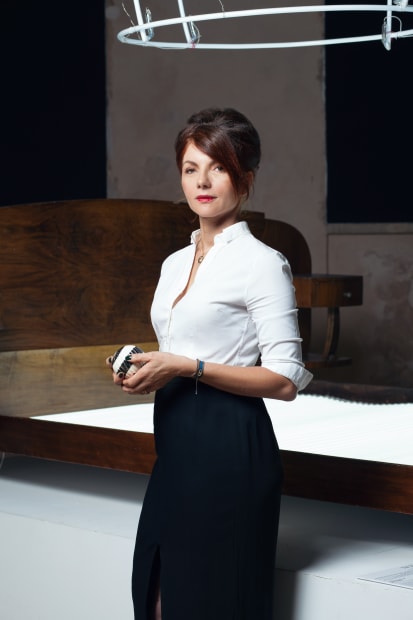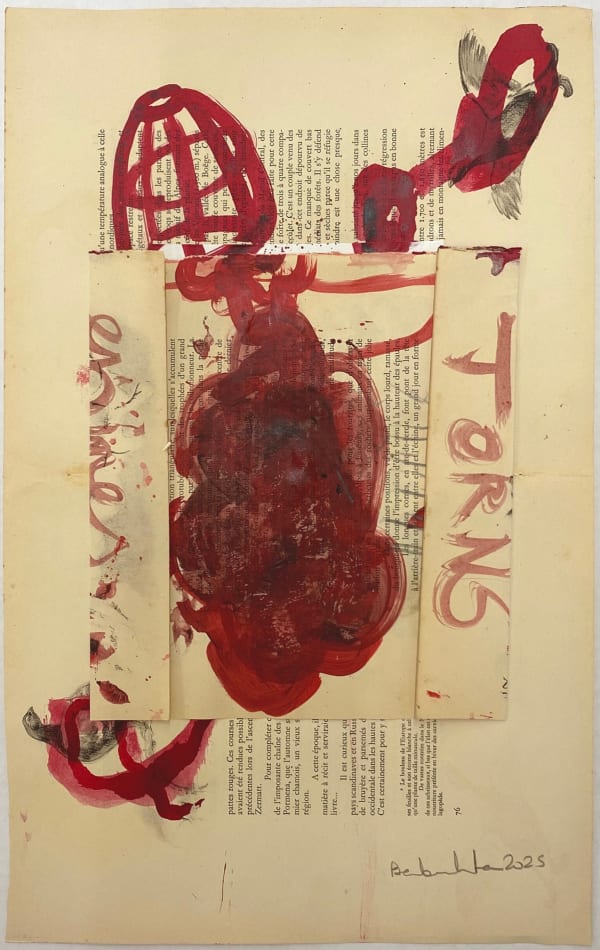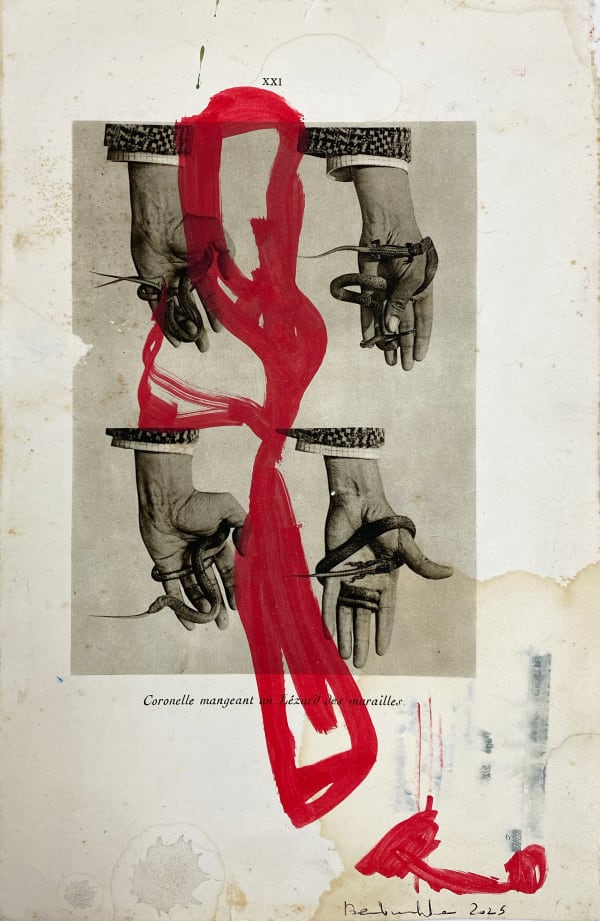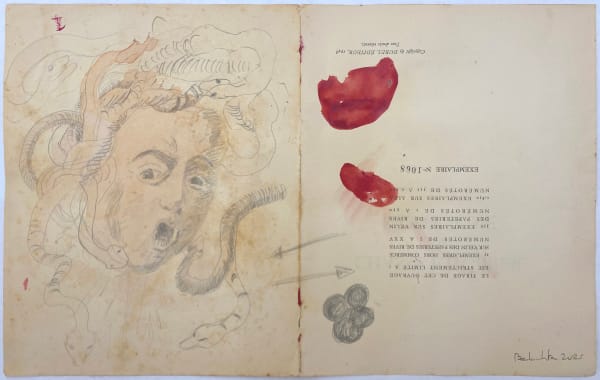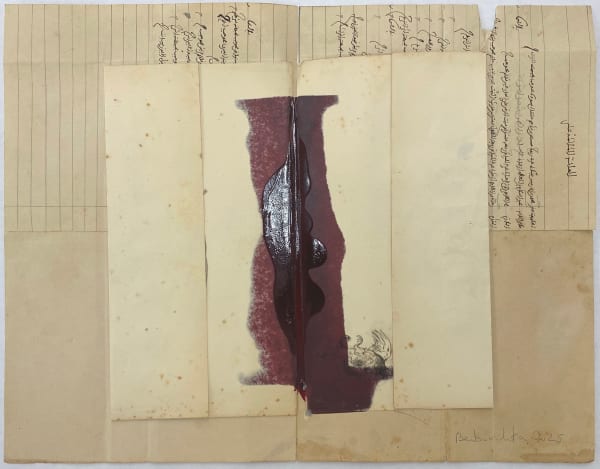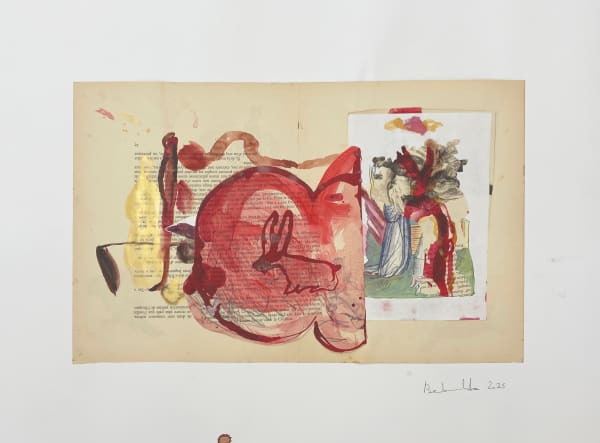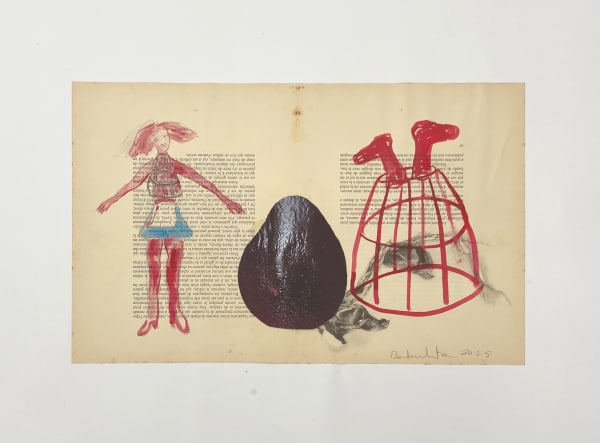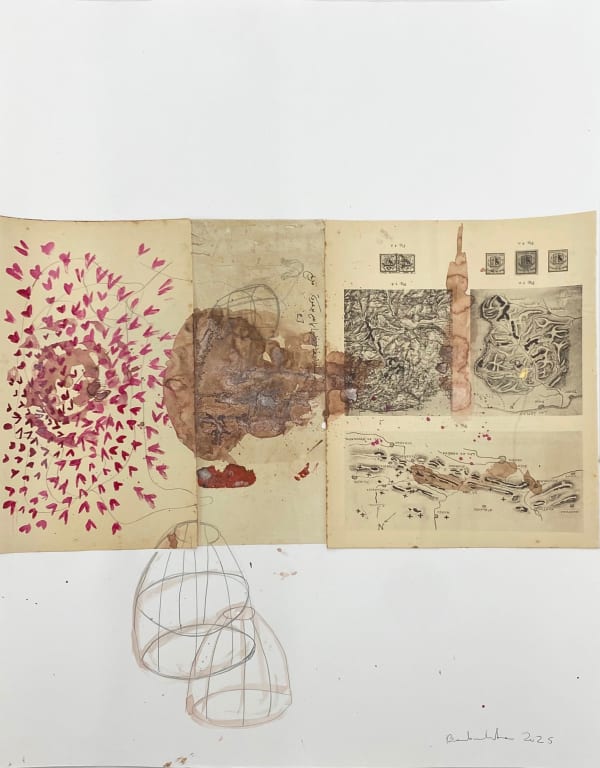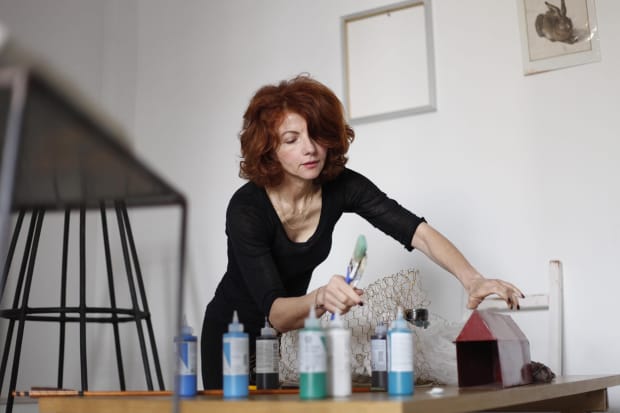The first drawing in this series, Coronelle Lisse (Smooth Snake), 2025, began with the image of a snake. Its presence, both symbolic and intuitive, evoked the figure of Eve, a recurring myth, a point of origin. In this project, Eve stands in quiet dialogue with Alice from Alice in Wonderland. One grounded in religious archetype, the other in literary imagination. Each traverses a world shaped by rupture, disobedience, and transformation. One seems to echo the other, their paths intersecting in the imagination. Eve has long been portrayed as a figure of fault, a bearer of sin. But here, she is reimagined as the root of a speculative genealogy that draws a fragile thread between her and Alice, between the sacred and the surreal. Through drawing, I trace a fictional lineage, a family tree not of blood, but of symbols, of questions, of unresolved identities. It is an attempt to navigate my own complex heritage.
At the center of this work lies a silent obstacle: the Fez family papers, which I have inherited but cannot read. They are written in Arabic, a language that is part of my background but not fully mine. This distance between me and the text reflects a deeper dislocation, a fracture within my cultural and linguistic identity. My mother is European, my father was Moroccan. The papers belonged to his family. After his passing, I became their keeper. They had been stored in his office at home, where he spent long hours confronting the intricate and often painful questions of inheritance. As the eldest son, this duty was his.
In Morocco, before the establishment of a national civil registry, families kept their own records, births, marriages, deaths, and financial accounts. These documents are not only administrative but intimate markers of time, presence, and loss. They are deeply personal, a part of my history, and they form one of the only tangible links I have to Morocco. They also offer, perhaps, a kind of protection, as if the voices of my ancestors, Arab, African, and Amazigh, are somehow inscribed within them.
Alongside these archives, I chose to work with a book about the Alps, the region where my mother was born. The mountains ground me in another landscape, one tied to Europe and a colonial history that remains present, if often unspoken. The meeting of my parents was a moment shaped by history, by migration, by chance. I return to that encounter often, reflecting on how it has shaped the way I move through the world.
Another book, in German, forms part of the collage materials used in the drawings. I selected it for several reasons. It connects me, incidentally, to Berlin. But more significantly, it reflects an early scientific impulse to categorize and understand all forms of life, a desire to map the living in a rational, structured way. It speaks of order, of classification, of the human need to make sense of the world. In this way, it becomes a kind of mirror to paradise, a constructed vision of completeness.
Alice, unlike Eve, falls into a world ruled not by divine punishment, but by the absurdity of logic and the power of the imagination. She moves through symbols and shifting realities with a quiet resolve. She is a figure of curiosity and courage, a girl who chooses her own path. In many ways, she embodies the freedom that Eve was denied.
Through these works, I attempt to follow her, to move through unreadable texts, fragmented histories, and inherited silences. I work with what remains, what resists clarity. In drawing, I build a space where myth, memory, and personal history converge, not to explain, but to hold what cannot be fully resolved.
 Profile: Amina Benbouchta
Profile: Amina Benbouchta

